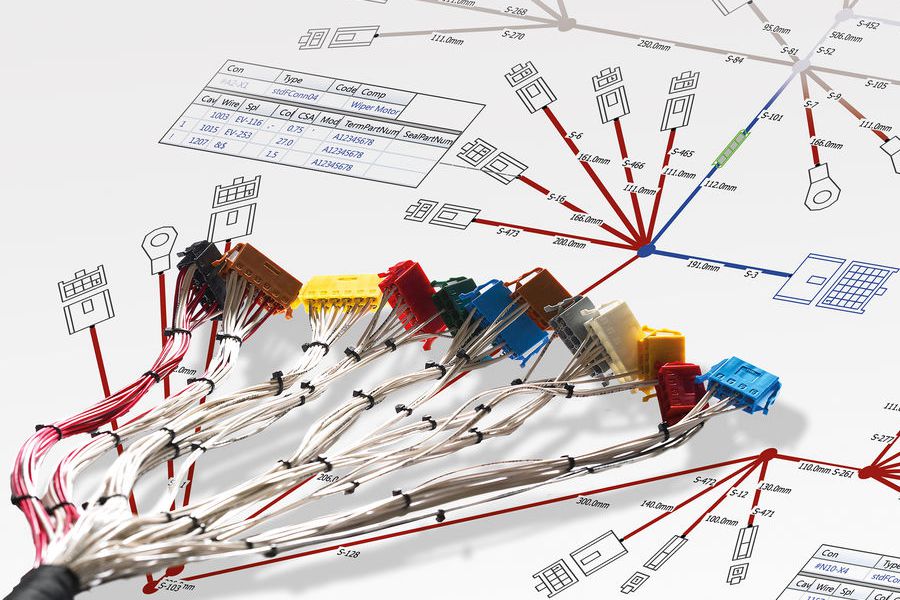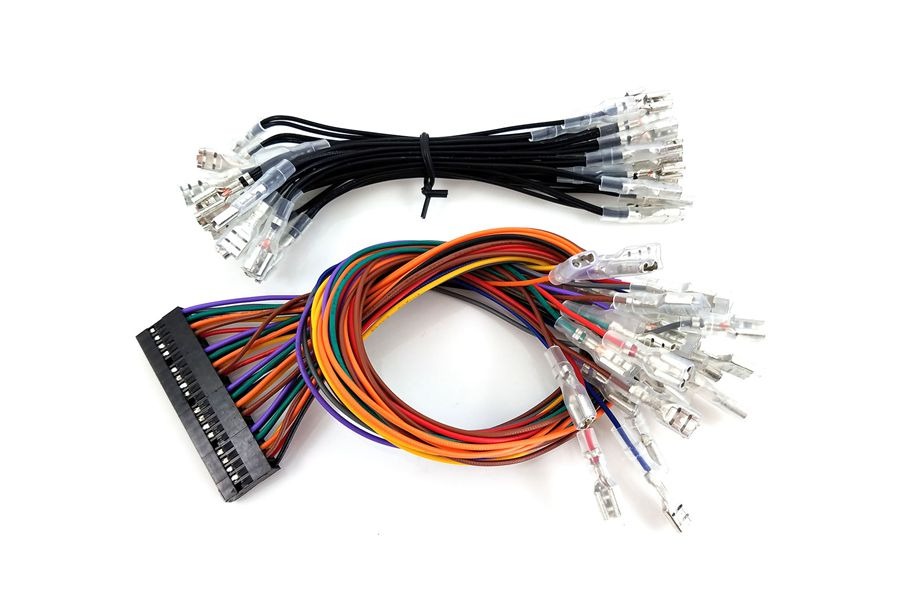Reprinted from FUSION DESIGN
Checklists ensure that we have a full understanding of the requirements and that we can prevent errors before they occur. For each design we check all of the items on the checklist, and even more. Often, we need to use our engineering judgment on the trade-off between the size, cost, performance, testability, and manufacturability of the product.
Overall Requirements
- Create performance specifications
- Are the wiring diagrams complete?
- Are the mechanical drawings for the parts and the assembly complete?
- How can we involve component and fabrication vendors early?
- What is the projected production volume?
Connection Requirements
- What are the electrical requirements?
- Current
- Voltage
- Frequency
- Grounding. Does the harness design have an appropriate grounding scheme?
- Shielding, including termination
- Signal integrity
- Is there any possibility of crosstalk or signal/power interference?
- What type of connector?
- Water Sealed or open?
- Single use vs multi use?
- Rugged?
- Strain Relief / expected tension and bending load
- Labeled (heat shrinked sleeve or printed directly)
- Will it need overmolding (single or two shot)?
- What kind of access for service is required?
- Factory only or field plus factory?
- Custom tool requirement?
- Is any support equipment needed?
- Crimping?
- Soldering?
- Shielding?
- Heat Shrink?
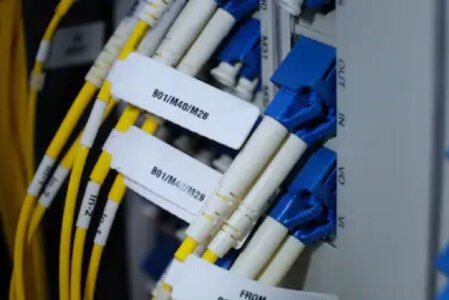
Wire / Cable Requirements
- What length & tolerance is required?
- What is required for AWG properties?
- What is the shielding requirement (overall / isolated / both)?
- Wire end properties (cut type, strip and solder requirements, pre-tinned)?
- What flexibility is required ( # of cycles, minimum bend radius).
- How will labeling be provided? Heat Shrink or direct print?
- Is strain relief required?
- Does it provide appropriate abrasion resistance?
- Does it have appropriate routing allowances?
- Does it provide appropriate sun, water, wear resistance?
- What is the minimum bend radius?
- How many bend cycles are needed?
- Can air or water sneak into the enclosure through a cable?
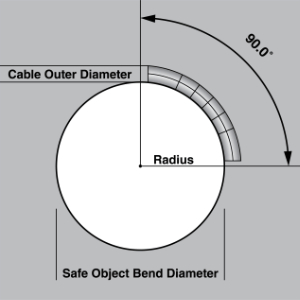
Ties, Taping, Straps, Lacing And Insulation Sleeving
- Can / should the finished design keep wire bundles intact and in place during unit installation?
- How to route in final application for service and product life?
- Will vibration affect cable contact points in final install? Route / form to avoid?
- For high flexure applications (i.e robotics), use cable guides that control bend radius / limit abrasion?
- Is color coding appropriate?
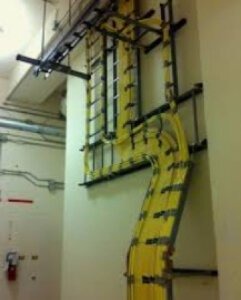
Production
- How will materials be received, inspected, rejected (if necessary)?
- Is the process of wire cutting performed so the cut ends are uniform and all strands are the same length? Isolate from other operations since particles can migrate into sensitive electronics.
- Sourcing materials – multi source off the shelf or other?
- Any special pricing situations (Minimum order quantity, waste expectations, custom vs OTS)?
- Twisting of wires (manual, automatic, hybrid)?
- What lead preparation is required?
- What are the cleanliness requirements?
- Has mistake-proofing been implemented for cable with more than two same connectors – different color, different type?
- What is required for waste management?
- What is required for quality management?
- What is required for operator safety and ergonomics?
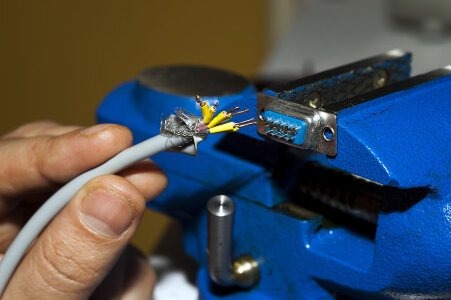
Electrical Test
- How is continuity tested?
- Gang testing vs single unit testing based on volume?
- How are tracking test results done?
- Test all units at first until reliable production is confirmed. Taper off testing as much as possible without compromising production’s ability to catch unforeseen challenges.
- What electrical testing is required? Continuity, Shorts, DWV, IR, VSWR, Insertion loss, reflection coefficient?
Mechanical Test
- What tests are required to ensure:Crimp height?
- Tensile force?
- Crimp force?
- Torsion force?
- Bending force / cycle count?
- Solar exposure?
- Water exposure?
- Chemical exposure?
- Temperature exposure?
- BOM
- Verified that no end of life (EOL) parts are used.
- Avoid custom components if you can. Align design components with popular high volume production parts to keep cost down and availability high.
- Is it better to crimp vs solder connections? Cost calculations should include materials and labor. Low cost parts can often have high associated assembly costs.
- Prove you need complexity before you design it in (i.e. shielding, high flex, etc.)
- Is packaging needed or will the assembly go into a product at the factory?
- How are the components delivered from the suppliers (bulk, discrete, other) and how will you receive and inspect them?
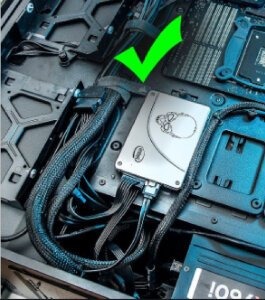
Installation And Service
- Does the cable assembly need to be formed to fit? Will it need to be heated to be malleable during assembly operations? As it cools down, will it hold its new form?
- Separate power and signal cables if you can (cross talk management).
- Route cabling in logical format by subsystem. Great for service.
- The cables most likely to need service should be the easiest to remove and replace.
- Watch out for cables near sharp edges. Vibration will cut them and cause latent failures.
- If regular service is needed, label both ends of each cable assembly in a way that aligns with wiring diagram labeling.
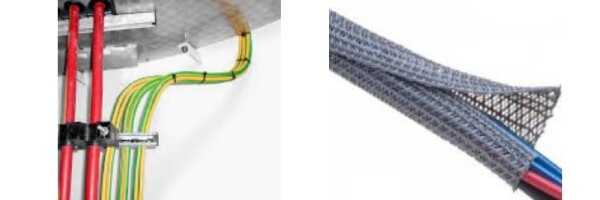
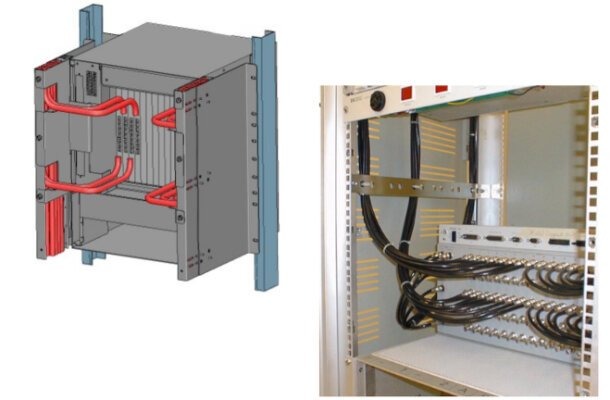
Useful Standards:
WHMA’s IPC/WHMA-A-620 for Requirements and Acceptance of Cable and Wire Harness Assemblies

